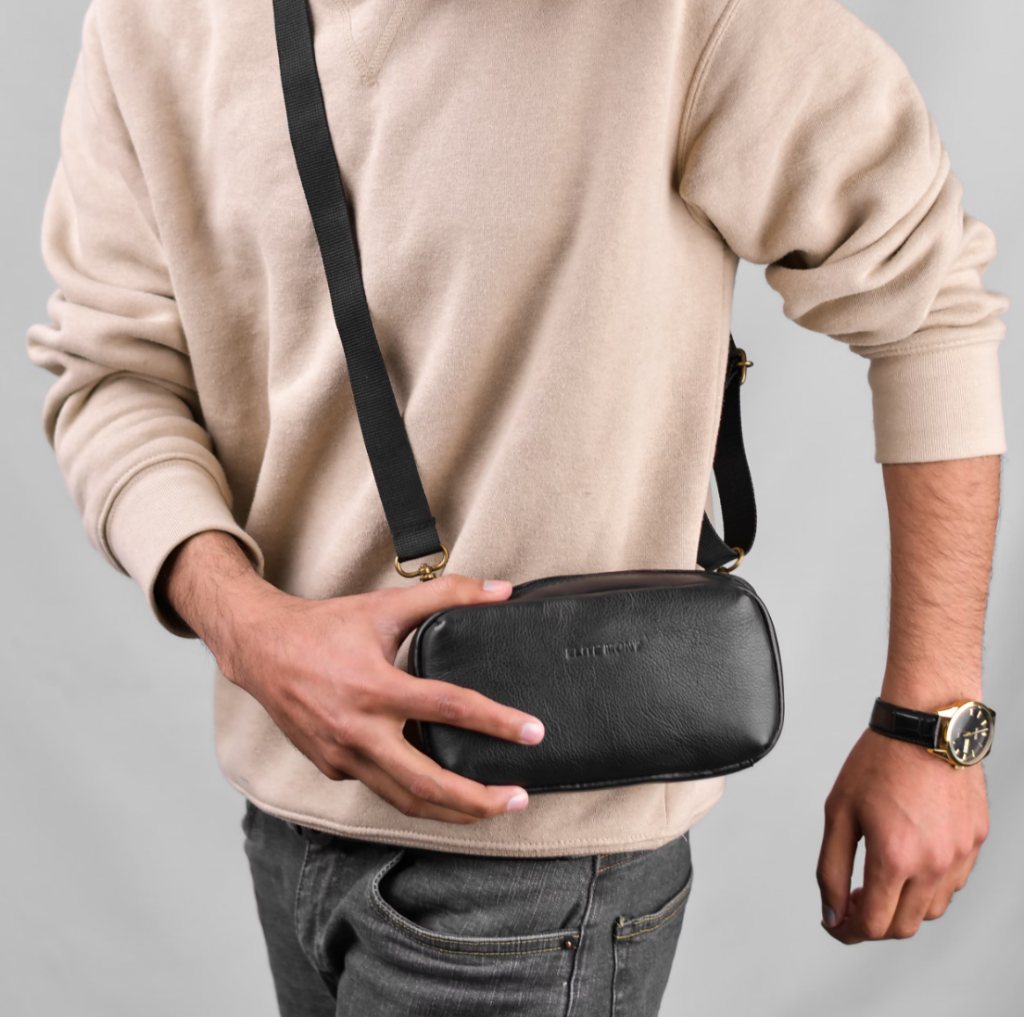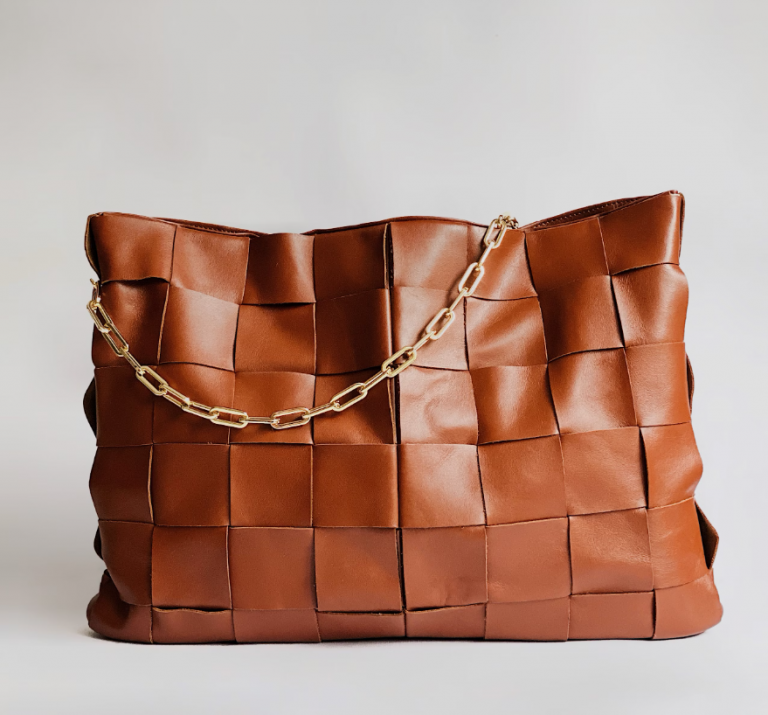
Understanding the Core Differences
When it comes to professional bags, two designs dominate the office scene: crossbody bags and tote bags. Both offer unique advantages, but choosing between them is more than a style decision—it’s about matching your lifestyle, work demands, and even posture. Let’s break down the key differences.

What Defines a Crossbody Bag
A crossbody bag is characterized by a long strap worn across the body, usually hitting at the hip. These bags are compact to mid-size and ideal for carrying essentials like a laptop, phone, wallet, and a few personal items—securely and hands-free.
What Defines a Tote Bag
A tote bag typically has parallel handles and an open or zippered top, worn over the shoulder or carried by hand. Totes are usually larger, offering space for a laptop, lunch box, water bottle, notebooks, and more—all in one roomy compartment or a few dividers.
Functionality Comparison
Capacity and Storage
Tote bags win when it comes to sheer volume. If you’re someone who carries multiple devices, binders, or a change of shoes, a tote can handle it. Crossbody bags, while more compact, shine when you’re focused on minimalism and streamlined efficiency.
Comfort and Portability
Crossbodies distribute weight more evenly across the body, reducing the load on a single shoulder. This makes them great for long commutes or walking. However, a heavy crossbody can start to dig into the shoulder. Totes, on the other hand, may cause shoulder strain if overpacked but are easier to take on and off quickly.
Accessibility and Organization
Totes offer easier top-down access, allowing you to grab your laptop or notebook on the fly. Crossbody bags often feature multiple compartments, which improve organization but might require more maneuvering to access quickly.
Style and Aesthetic Versatility
Professional Look: Which One Wins
Totes are often seen as more boardroom-appropriate, especially in structured leather or canvas options. They project a polished, executive presence. Crossbodies, however, have come a long way in design. A sleek leather crossbody can look just as refined, though often a bit more casual.
Fashion Flexibility for Office to After-Hours
Crossbody bags are inherently more versatile when transitioning from office to after-work social events. They offer a more relaxed, chic aesthetic. Totes, while elegant, can feel bulky outside of the professional setting.
Durability and Material Considerations
Long-Term Wear and Tear
Due to their weight-bearing nature, tote bags may experience more wear on the handles and bottom corners. Look for reinforced stitching and quality leather or canvas. Crossbody bags, being smaller, generally have less strain but the strap attachment points are common weak spots.
Weather Resistance and Maintenance
Both styles offer waterproof options, but crossbody bags tend to have better zipper enclosures, which protect contents during sudden rain. Tote bags with open tops can be risky unless they include a flap or inner zip.
Best Use Case Scenarios
When to Choose a Crossbody
- You’re a commuter needing hands-free mobility
- You don’t carry too much—just the essentials
- You prioritize comfort and quick access over capacity
When to Choose a Tote
- You need to carry large items like files or lunch
- Your day involves multiple roles (gym, meetings, errands)
- You want a bag that doubles as a fashion statement and a briefcase
Price vs. Value
Investment Pieces vs. Budget Picks
Both styles are available across every price tier. Investing in a leather tote might serve you for years if you carry a lot daily. Conversely, a designer crossbody can become your everyday companion without feeling too bulky or over-the-top.
Cost-Per-Wear Analysis
Think of your bag like a daily tool. A $300 tote used 250 times a year costs just over a dollar per use. Crossbodies, often more durable and lower-priced, might end up offering better cost-per-wear depending on usage frequency.
Ergonomic and Health Considerations
Posture and Shoulder Load
Totes can skew posture if always worn on one side, leading to shoulder or back pain. Crossbodies distribute weight more evenly, reducing muscular imbalance—but if worn incorrectly or too heavy, they can strain your neck and collarbone.
Hands-Free Benefits
This is where crossbodies excel. Whether you’re biking to work or juggling coffee and a phone, having both hands free adds convenience and improves balance.
Expert Tips on Choosing the Right Work Bag
Prioritize Your Daily Routine Needs
Do you walk a lot, or do you drive? Do you carry tech gear or just a notebook and pen? Understanding your day-to-day patterns helps dictate your best fit.
Test the Fit Before You Commit
Try the bag in-store with weight inside. Pay attention to how it hangs, how it opens, and whether it feels balanced. Return policies are great, but nothing replaces a good test run.
Final Thoughts
Choosing between a crossbody or tote isn’t about which is better overall—it’s about which is better for you. Evaluate your routine, prioritize comfort, and don’t overlook style. Whether you lean minimalist or carry half your office with you, the right work bag makes your day smoother, your look sharper, and your load a little lighter.
Frequently Asked Questions
1. Can I use a crossbody bag for carrying a laptop?
Yes, but only if it’s designed to fit a laptop securely. Look for padded compartments and strong straps.
2. Are totes suitable for travel as well as work?
Absolutely. Many totes double as carry-ons, especially those with zip tops and secure compartments.
3. What’s the most versatile color for a work bag?
Neutral shades like black, navy, and taupe tend to match the widest range of outfits and occasions.
4. How can I maintain the shape of a tote bag?
Use bag inserts or organizers. Also, store them with stuffing inside when not in use to prevent sagging.
5. Is it unprofessional to use a crossbody in formal settings?
Not at all—just choose a structured, high-quality material like leather or vegan leather for a polished look.





